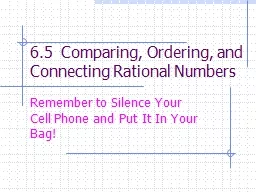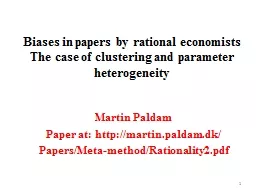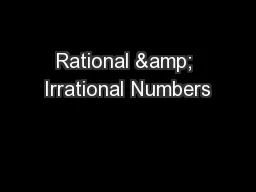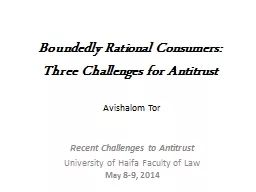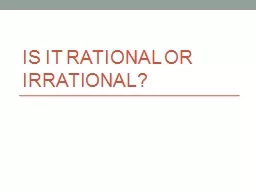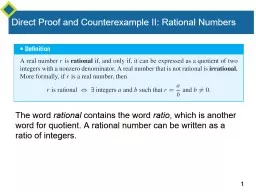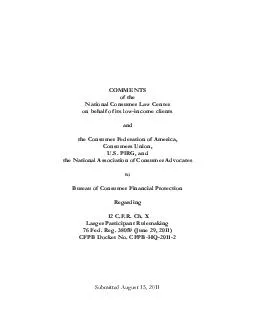PPT-The Rational Consumer Chapter 10
Author : anya | Published Date : 2023-10-30
THIRD EDITION ECONOMICS and MICROECONOMICS Paul Krugman Robin Wells How consumers choose to spend their income on goods and services Why consumers make choices
Presentation Embed Code
Download Presentation
Download Presentation The PPT/PDF document "The Rational Consumer Chapter 10" is the property of its rightful owner. Permission is granted to download and print the materials on this website for personal, non-commercial use only, and to display it on your personal computer provided you do not modify the materials and that you retain all copyright notices contained in the materials. By downloading content from our website, you accept the terms of this agreement.
The Rational Consumer Chapter 10: Transcript
Download Rules Of Document
"The Rational Consumer Chapter 10"The content belongs to its owner. You may download and print it for personal use, without modification, and keep all copyright notices. By downloading, you agree to these terms.
Related Documents


